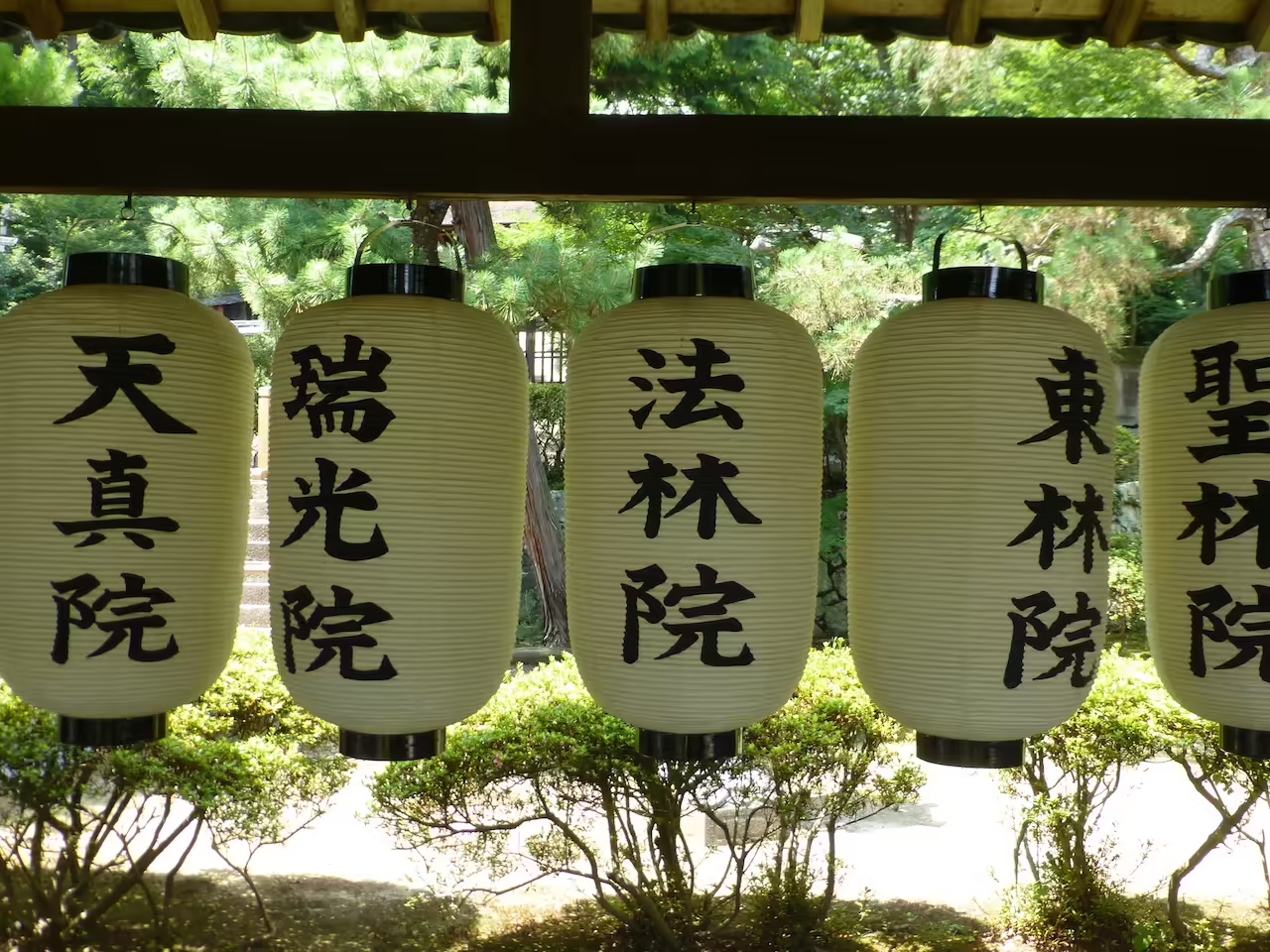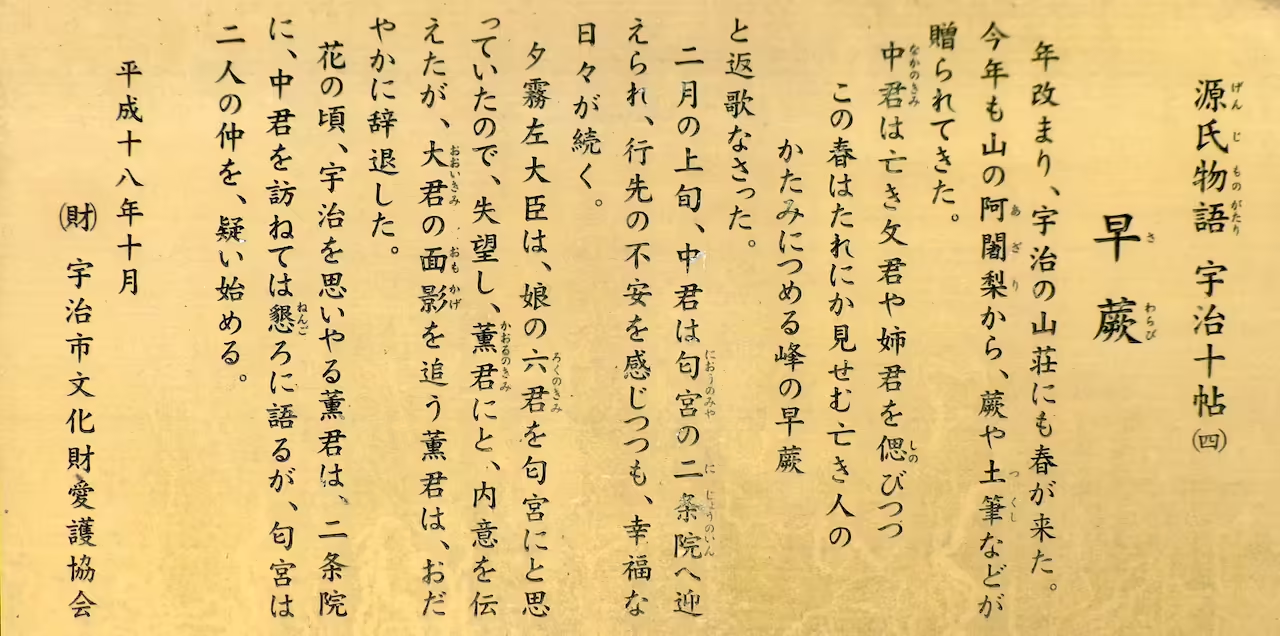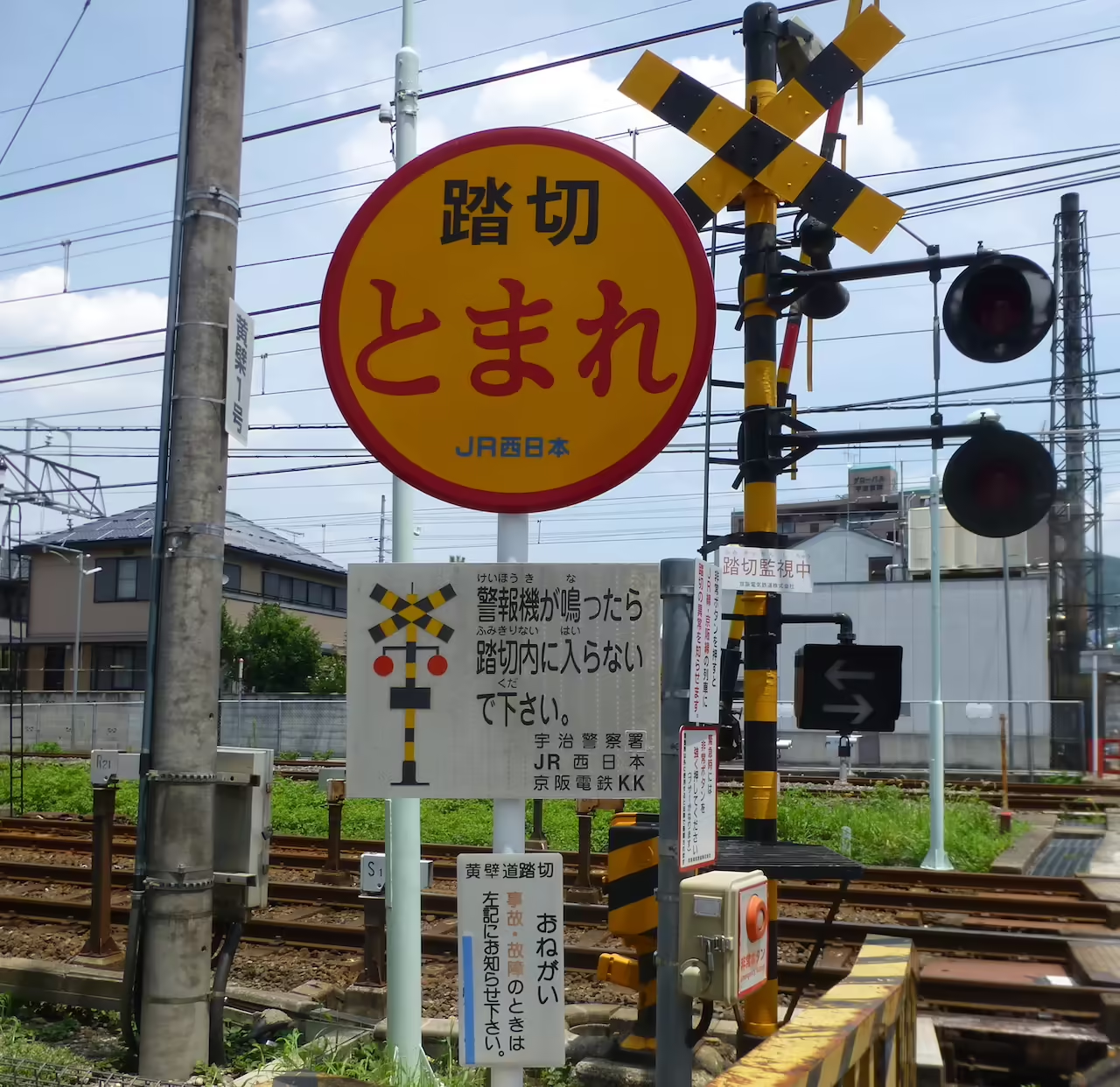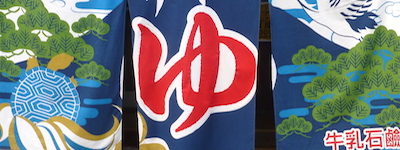I’ve already written on why and how I started to learn Japanese, and explained how I look up kanji when reading Japanese. The focus of this post is on how I’m learning and what tools I’ve been using.
I think that the most important factor in learning Japanese is not to give up, to keep working at it steadily, even if it’s only a few minutes every day. This is probably true for learning any language, but I think more so for Japanese because of the need to learn kanji.

When I started (in 2011), I used JapanesePod101, and I really think that for absolute beginners it is a very good way to start. I listened to the podcasts on my way to work and found that quite effective. The audio lessons also come with written material covering vocabulary and grammar and the JapanesePod101 YouTube channel has a very large collection of videos. Apart from that I also used Tae Kim’s Guide to Learning Japanese, especially the grammar guide.
I learned this way for about a year, but then I decided I wanted to focus more on reading and less on listening, so I started learning kanji. (To practise conversation I get a two-hour lesson with a Japanese teacher every two weeks.)
I try to do at least 5 minutes of kanji practice per day. That really isn’t much, and yet it was sufficient to learn the 2,000 common use (Jouyou,常用) kanji in about four years. As I wrote in my earlier post, by summer 2012 I only knew about 100 kanji, and I finished the Jouyou series before the start of last summer. I still do my daily kanji practice because unless I revise I easily forget them.

I have an Android phone, and initially I used Anki, then Simple Kanji Quiz, but I felt that I made most progress when I started using Memrise. I still use Simple Kanji Quiz because it is very configurable but what I like about Memrise is its goalsetting. It’s quite rewarding to reach your daily goal after five minutes!
I looked at WaniKani as well because I love Tofugu, but WaniKani only works if you start from scratch so by the time it came out I had already learned most of the basic kanji.
I have thought quite a lot about the best ways to learn but in the end I’ve decided not to be very systematic. For example, my Memrise deck only tests if I know the meaning of a kanji, not its on and kun readings. I have set up my Simple Kanji Quiz to practise readings both ways. So for a given kanji I’m either practising meaning or reading but not both at the same time. My only kanji handwriting practice is looking up kanji on my phone (I use Kanji Draw but the Japanese app is also very good). Handwriting kanji on paper takes a lot of time, and unless you live in Japan I don’t think it is an essential skill.

The chapter's title「早蕨」means "Bracken shoots".
To expand my vocabulary my main approach is reading. I also sometimes listen to podcasts or Japanese music, or watch anime or Japanese movies, and of course I should learn new words while talking to my teacher. But I don’t really spend time in memorising new words, I just let it happen. I found that encountering words in different contexts is a great way to learn. For example, a few days ago I read the word でかい (huge) in a blog post, and then I heard it used in the anime Spirited Away. Now I’m pretty sure I will remember this word.
But what really works best for me to build vocabulary is to go to Japan, so of course I would strongly recommend that. The constant immersion works wonders. Many words I remember because I see in my mind the situation where I first encountered them.

